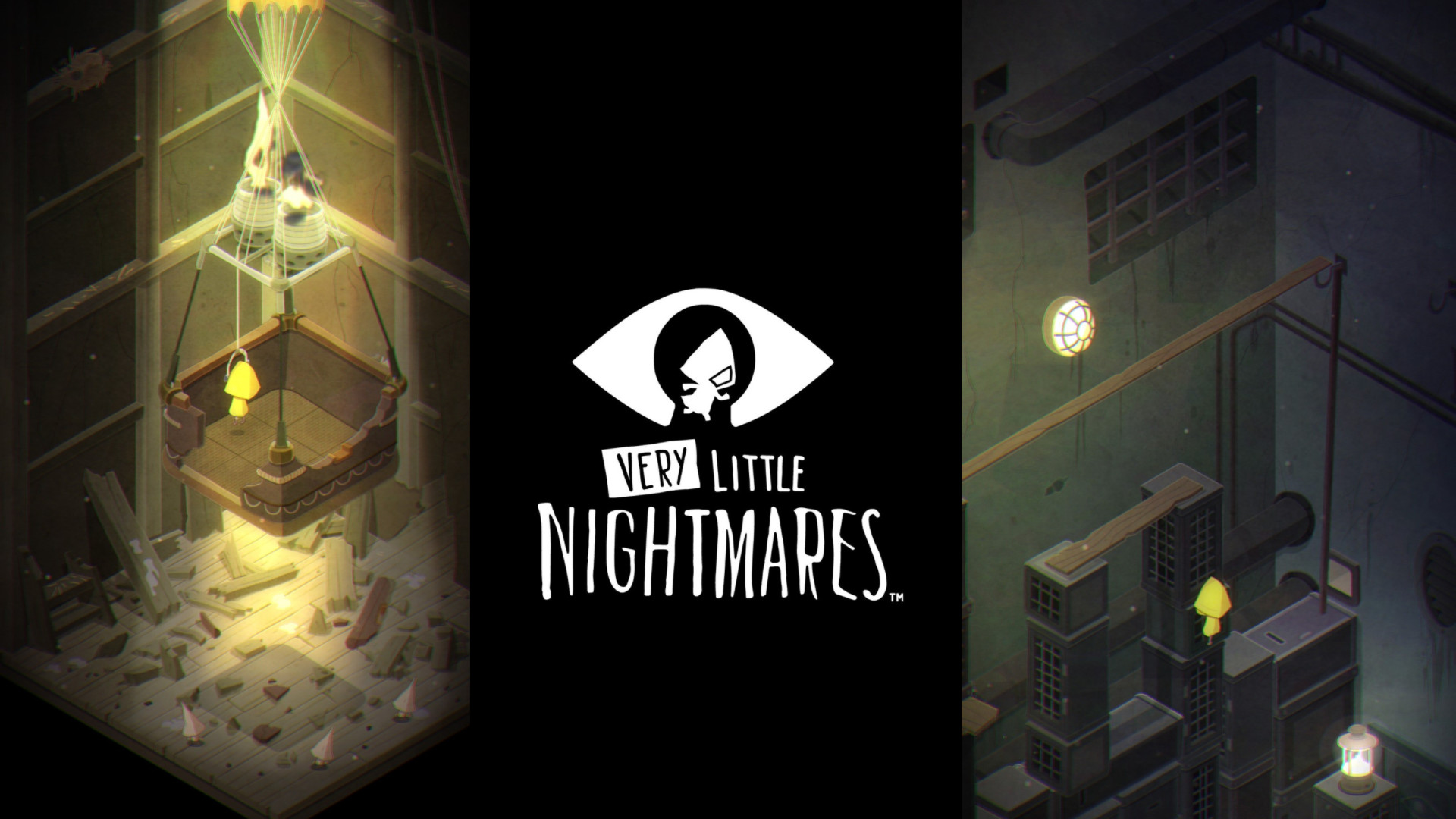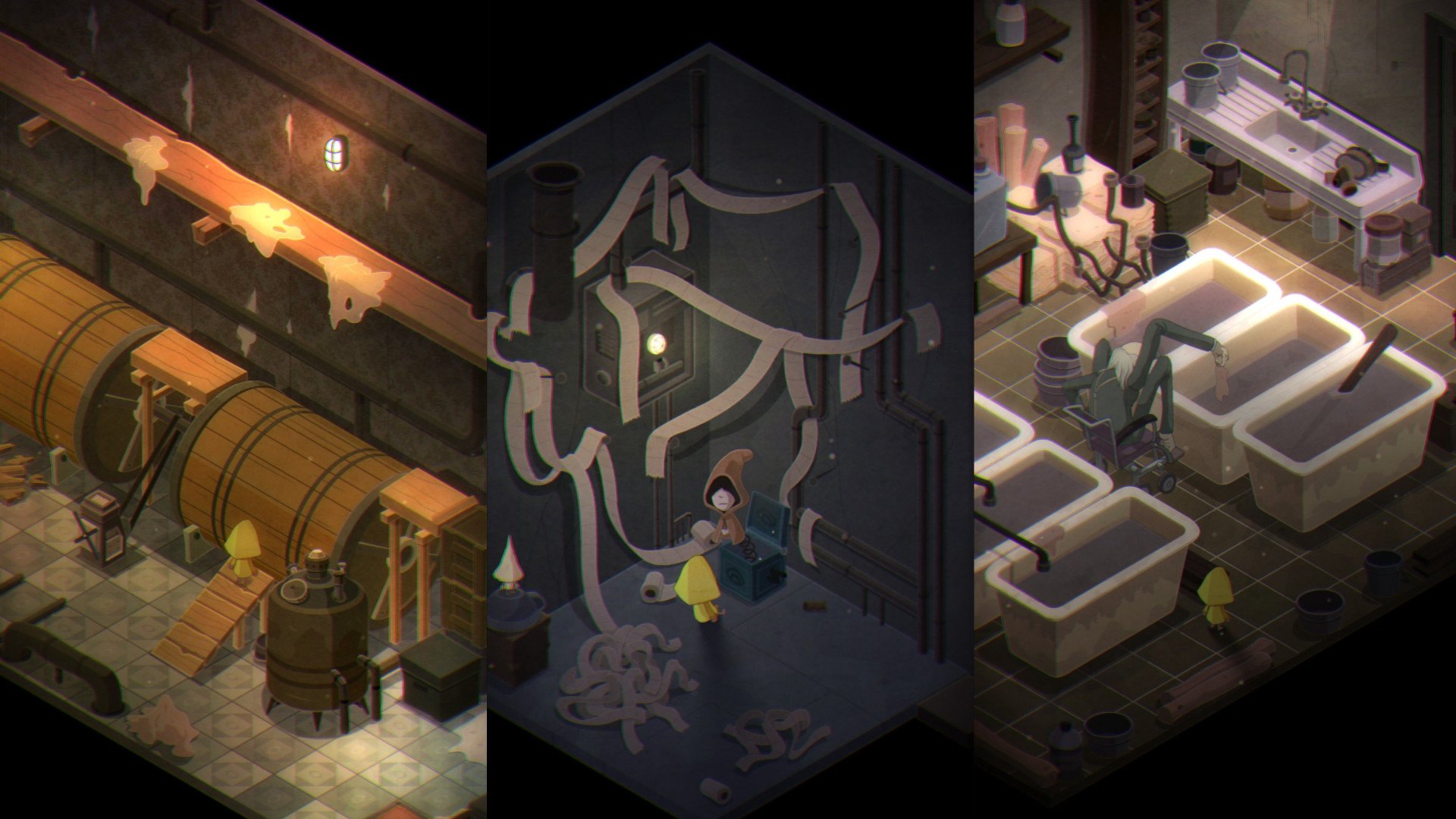How does the girl in the yellow raincoat keep winding up in these situations?!
Did you know there are currently NO category or search options specifically for horror games in the Play Store right now? This is a crime, especially in this, the most unholy of months of the year. Here I am trying to dredge up high-quality spooky games, and the Play Store is not helping. Thankfully, I got lucky in stumbling upon Very Little Nightmares, which is available for free to Play Pass subscribers.
Acting as a prequel to Little Nightmares I and II, Very Little Nightmares is the pocket-sized companion to the original console/PC series. It once again features Six, the girl in the yellow raincoat, as its protagonist. While its cool older cousins are often likened to Tim Burton's animated films for their visual style, the mobile version differs in a few noteworthy ways. It's up against some steep competition, but Very Little Nightmares might be worth ranking among the best Android games.
It's unclear why or how she got there, but Very Little Nightmares (VLM) has you guiding Six through The Nest: a sprawling, creepy mansion full of every bad thing you can think of. The overall atmosphere is very much in line with the series, as the game plays up Six's status as a tiny, powerless visitor in a world of menacing giants. You have virtually no abilities other than walk, dash, jump, and a basic interact function, all of which are accomplished with simple taps on the screen. The controls in VLM are simple and intuitive, and I had no trouble getting a grip on how the game plays.
Obstacles and threats abound in this high-stakes game of hide-and-seek.
However, I quickly found that the game requires quite a bit of precision when it matters. Like its predecessors, VLM has you making your way through rooms of environmentally-based puzzles. Obstacles and threats abound, and the feeling of playing through a high-stakes game of hide-and-seek creates a nice atmosphere of tension and suspense. Unlike the previous entries in the series, VLM features miniaturized rooms in a top-down view, with graphics that fit much better on the mobile platform.
This is both a pro and con in my book. On the one hand, the graphics suit the mobile platform and look great on their own merits. On the other hand, the raw, rough grotesqueries of the first two games were a big part of what made Little Nightmares so memorable. There's something lost in the way of textures here, given how tactile Little Nightmares I and II felt. VLM may not make my skin crawl as well as it could, but it's easy to argue that the toylike style could not have been translated to mobile much better than it already is.
The puzzles start out painfully easy and straightforward, but rest assured that they eventually scale up in difficulty and obscurity. I had to reference a walkthrough more than once, which I'm only a little ashamed to admit. To the delight of achievement hunters everywhere, there are also a few extra collectibles hidden around just waiting to be discovered. Plus, the soundtrack and audio design really contribute to an immersive, spooky ambience, especially if you play while wearing headphones.
Lacking an in-game brightness setting, Very Little Nightmares is nearly impossible to play in well-lit situations.
I had a good experience playing Very Little Nightmares, but there are still a couple of nits I have to pick. One — and this is mostly my own fault — the game was impossible to play in well-lit rooms. There's no in-game setting to increase the game's brightness; even on my phone's max settings, I still couldn't see important parts of many levels if I was playing in a brighter environment. You really do need a dark room to play VLM, so this isn't the kind of game you'll want to play while waiting at the dentist's office.
Two, the game is very short. Reviewers and gamers often lobbied this complaint against the other two games as well, so this is nothing new; but you could conceivably play Very Little Nightmares in as little as 1-2 hours — 3 if youreally take your time or die a lot. Finally, I struggled a fair amount with levels that required precise timing for certain actions. It's easy to miss inputs with the touchscreen controls, which starts to feel overly frustrating when paired with such an incredibly small margin for error. Better players than I may not struggle with this, but I had to lowkey ragequit and take a break more than once.
All told, Very Little Nightmares is still a wonderfully designed game and makes a noble effort to preserve as much of the first two games as it can. Due to its short length, I'm not sure that Very Little Nightmares is worth its full $6.99 price tag. That's a pretty hefty cost for a game that is likely to take you only 1-3 hours to complete. However, if you can nab it on sale (it's previously been discounted down to $3) or pick it up for free through Play Pass, then this game is a great value and a great experience. It is an undeniably perfect game to play in the dark of night—preferably during a storm—to get your fill of thrills and chills in the palm of your hand.
Hug. Those. Nomes!
Very Little Nightmares
Yellow raincoats must be cursed. Nothing good ever happens to kids wearing them.
A miniature version of Little Nightmares, this puzzle adventure game is just the right amount of creepy, cute, and spooky. It's a perfect game to play near Halloween!
Source: androidcentral


